
27 Different Bibliography Format Templates
For those who do not know what a bibliography is, it’s a part of any research paper or report that…
Feb 28, 2020
Whenever one is made to do a project that requires intensive research, one’s own professor would usually require that any sources of information used as references must be cited within the sample research paper. There must be a page or pages that contain details regarding where these sources of information can be found.

This is the reason why one must make a bibliography to ensure that all of this information is contained within a certain page or pages where people can easily look up the references regarding one’s work. This article focuses more on the MLA style of Annotated Bibliography and how you’ll be able to create one, so if this is the style that you will be using for your paper, read on.
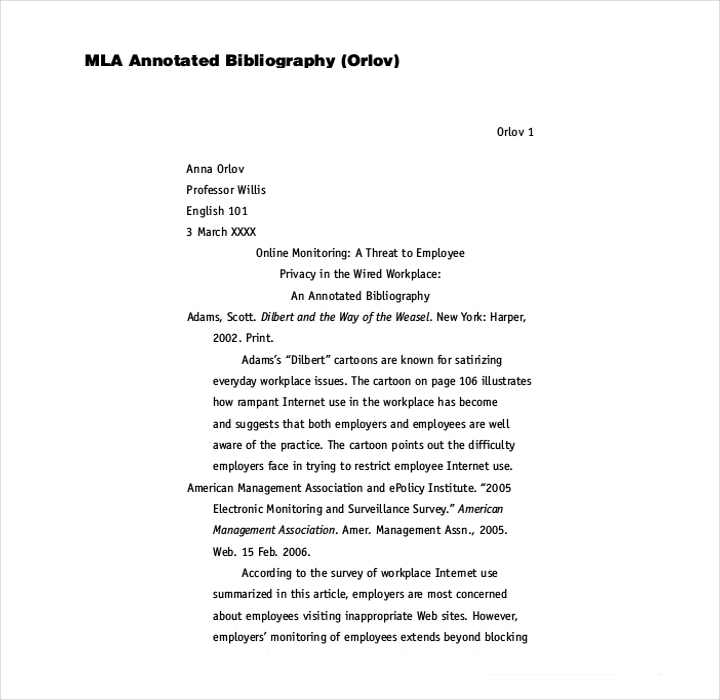
bcs.bedfordstmartins.com

pinerichland.org
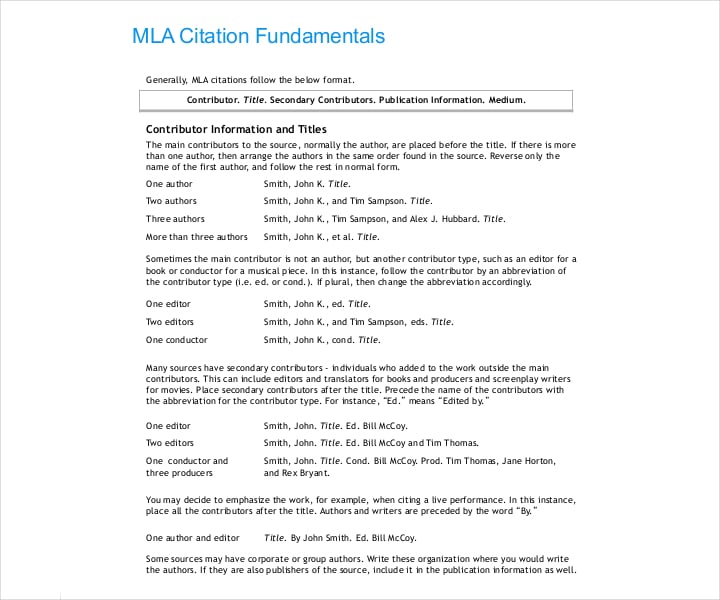
pcad.edu
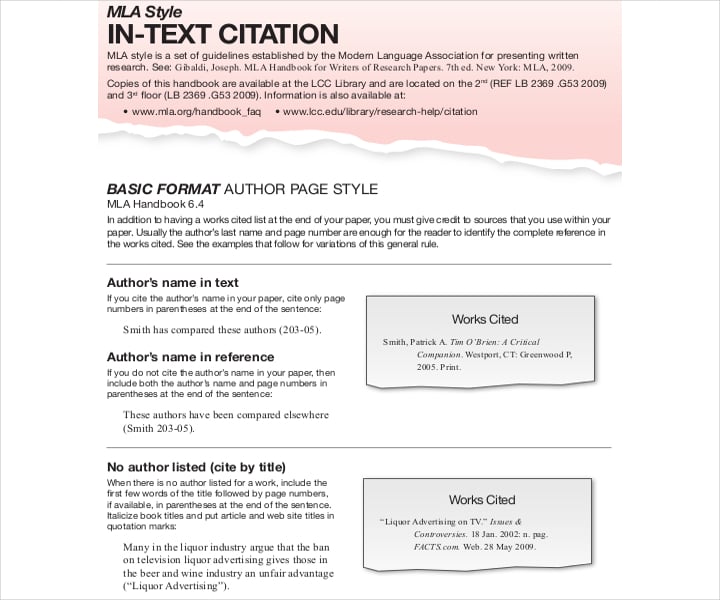
Icc.edu
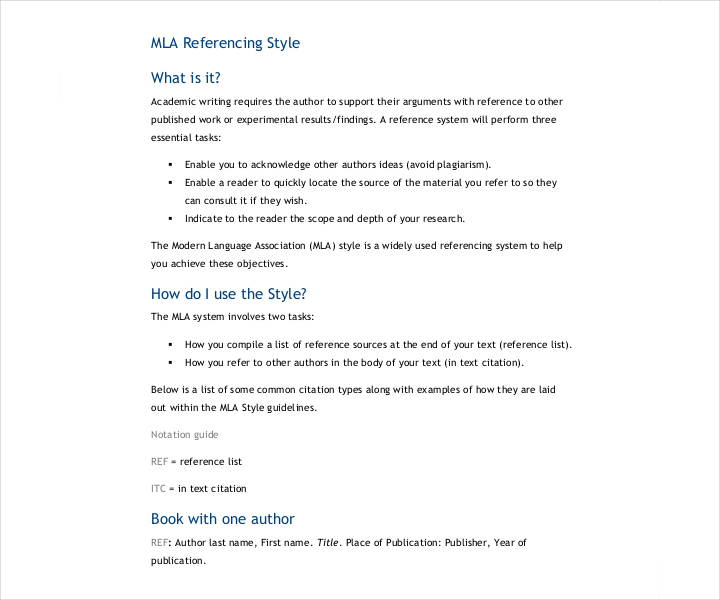
ucd.ie
Before we get into how you can create an annotated bibliography in the MLA style, we must first know why a bibliography is needed. Whenever you’re planning or if you’re already pursuing research, then you’ll find that a bibliography is one of the most important elements of your work. If you don’t have it, then everything that you’ve written can easily be considered as useless. The information you’re providing couldn’t have been made unless you’ve referenced one or two sources, which means that you’ll have to give credit to them. This is exactly why bibliographies are there as they contain a list of all the sources you have utilized in your research. Every bibliographic reference must contain the following:
So make sure that when you create your bibliography, you have everything above listed on your paper.
When your professor requires you to do a certain project where you must do intensive research, there are usually certain guidelines that you must follow in order to adhere to the proper style guide for your research paper in pdf. More often than not, your professors will require you to choose between two writing styles; the APA (American Psychology Association) style format or the MLA(Modern Language Association) style.
In the MLA Style, there are a few things that you should do when you’re typing up your citations. Depending on the number of different sources that you’re using in your work (whether these sources are from books, articles, advertisements, or web-based), you’re going to have to pay extra attention to the name of the author, the title of the source, the date of publication, the name of the publisher, and the place where the source was published.
Let’s say that you decide to make use of books as the only sources for your research. That means you’re going to have to list everything in alphabetical order based on the last name of the author. If you would like to know more, then you go through our available examples of MLA-style bibliographies.

bcps.org
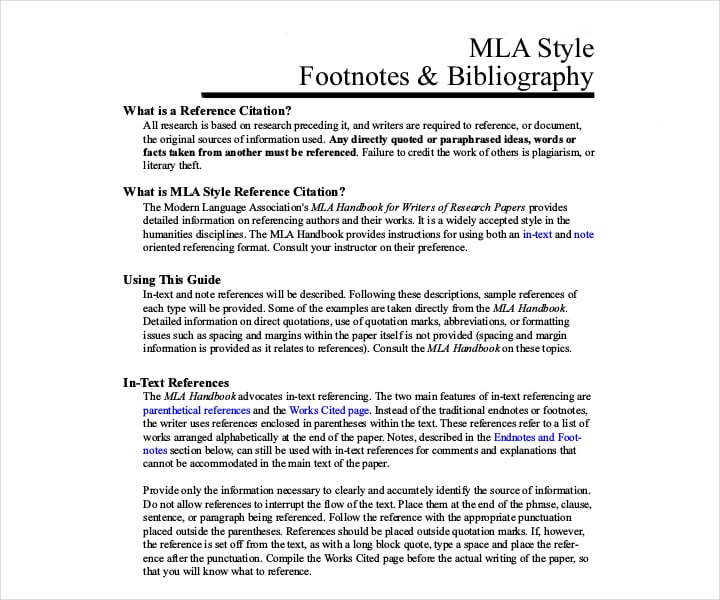
utoledo.edu

cpcc.edu
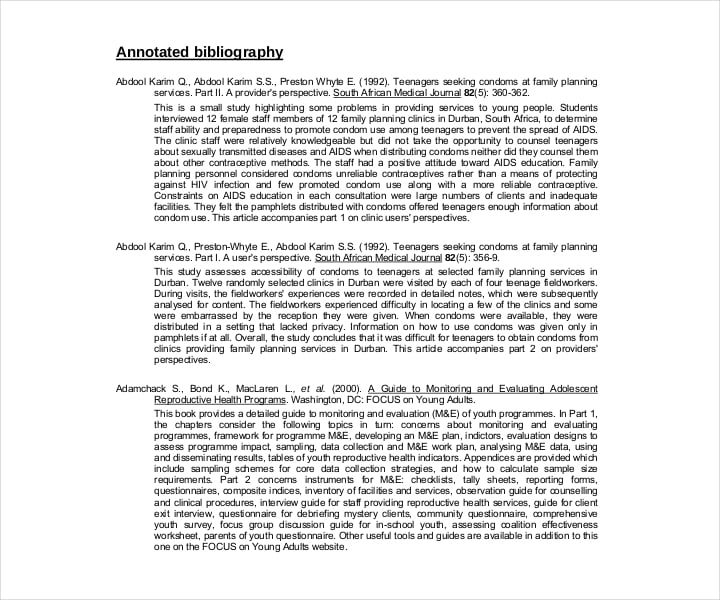
who.int
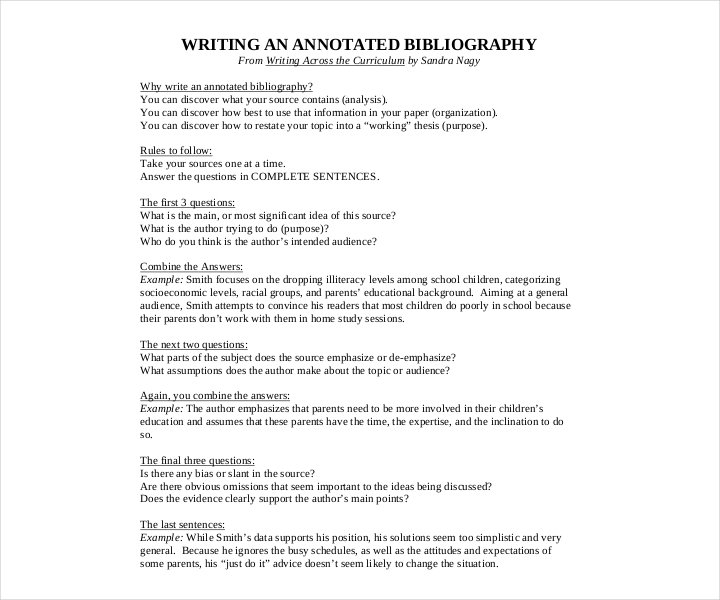
write.siu.edu
First of all, you must know that the MLA style requires that you include a Works Cited page at the end of your free research paper. All entries within this page must correspond to all of the works cited on your main text. The following are more rules you should follow based on the MLA style:
You have to remember that you have to give credit to those people whose work that you have used to help you with yours. This is exactly why you have to create a bibliography so that others will know where the sources of the ideas of your work come from, as well as help them in the event that they would like to use these sources for their own work. So if you would like to know more about bibliographies and how to write them, then you may go through any of our simple bibliography templates and examples to help you out.

For those who do not know what a bibliography is, it’s a part of any research paper or report that…
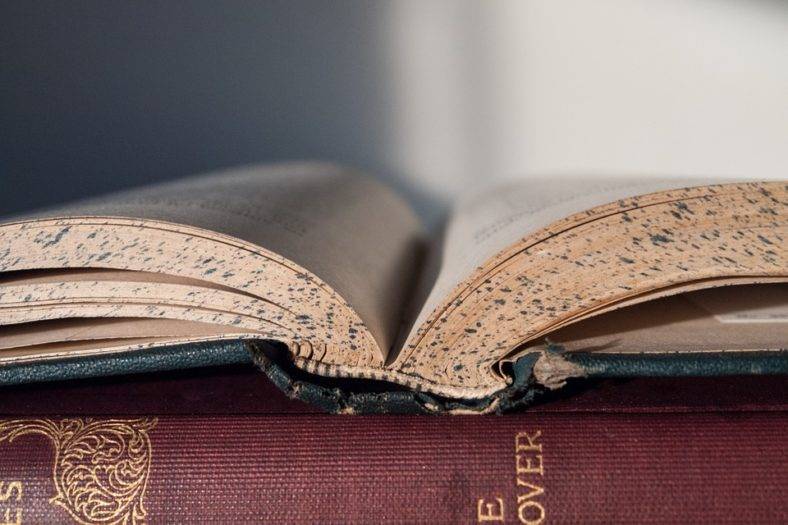
If you’re making a research paper example, you will obviously go through a lot of articles, books, or even websites…

Whenever one is made to do a project that requires intensive research, one’s own professor would usually require that any…
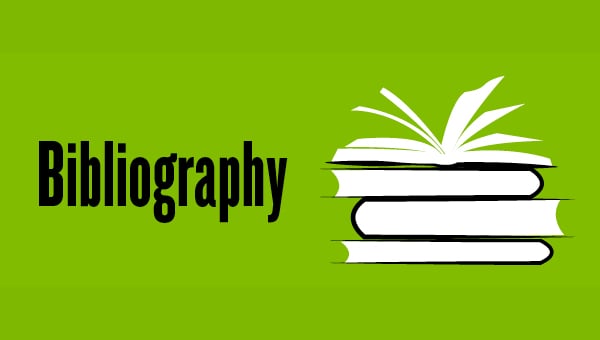
An annotation bibliography annotates the citation to various written works. This list includes documents, articles, blogs, forums, and even books.…

When making a research or journal of any kind where the researcher utilized different resources of books or journals to…